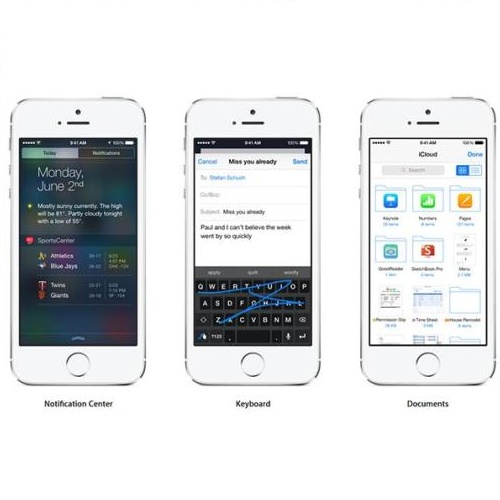With the rapid advances of autonomous driving, it becomes critical to equip its sensing system with more holistic 3D perception. However, existing works focus on parsing either the objects (e.g. cars and pedestrians) or scenes (e.g. trees and buildings) from the LiDAR sensor. In this work, we address the task of LiDAR-based panoptic segmentation, which aims to parse both objects and scenes in a unified manner. As one of the first endeavors towards this new challenging task, we propose the Dynamic Shifting Network (DS-Net), which serves as an effective panoptic segmentation framework in the point cloud realm. In particular, DS-Net has three appealing properties: 1) strong backbone design. DS-Net adopts the cylinder convolution that is specifically designed for LiDAR point clouds. The extracted features are shared by the semantic branch and the instance branch which operates in a bottom-up clustering style. 2) Dynamic Shifting for complex point distributions. We observe that commonly-used clustering algorithms like BFS or DBSCAN are incapable of handling complex autonomous driving scenes with non-uniform point cloud distributions and varying instance sizes. Thus, we present an efficient learnable clustering module, dynamic shifting, which adapts kernel functions on-the-fly for different instances. 3) Consensus-driven Fusion. Finally, consensus-driven fusion is used to deal with the disagreement between semantic and instance predictions. To comprehensively evaluate the performance of LiDAR-based panoptic segmentation, we construct and curate benchmarks from two large-scale autonomous driving LiDAR datasets, SemanticKITTI and nuScenes. Extensive experiments demonstrate that our proposed DS-Net achieves superior accuracies over current state-of-the-art methods. Notably, we achieve 1st place on the public leaderboard of SemanticKITTI, outperforming 2nd place by 2.6% in terms of the PQ metric.
翻译:随着自主驱动的快速进步,为它的感知系统配备更全面的3D感知系统就变得至关重要了。然而,现有的工程侧重于从 LiDAR 传感器中剖析对象(如汽车和行人)或场景(如树和建筑)。在这项工作中,我们处理基于LiDAR 的全光分割任务,其目的是以统一的方式分析对象和场景。作为这项新的挑战性任务的第一步之一,我们提议动态流转网络(DS-Net),它是一个在点云域中有效的全光分解框架。特别是, DS-Net有三个吸引人的特性:1 坚固的主干设计。 DS-Net 采用专门为LiDAR 点云设计的圆柱形变动。 提取的功能由以自下而上组合式的方式分析对象和场景。 2 用于复杂点分布的动态流变动变动组合算法,例如 BFS 或 DBS-ODC,我们无法处理与当前不统一点云形云形云流流流的复杂驱动场景段, 流流流变的流变变变的轨道流数据, 。




